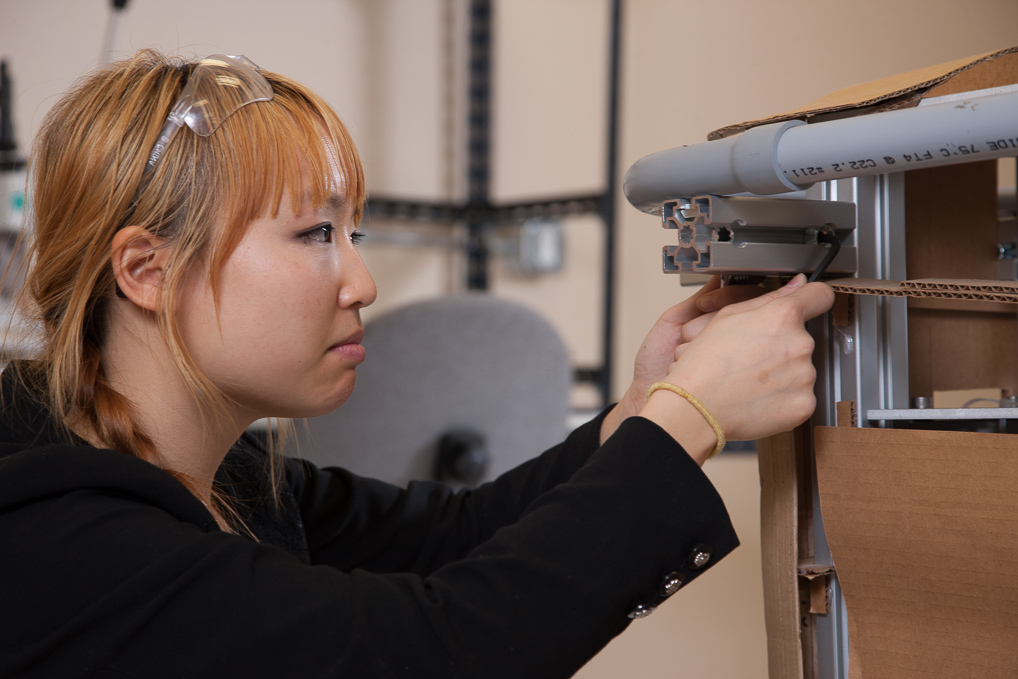
Delivering great medical usability and emotional design
Medical device designers and developers have a responsibility to deliver a positive medical experience through the device. We cannot focus solely on fixing the problem efficiently. We need to address the stress, fear, and perhaps embarrassment the patient might feel. This is part of the emotional design.
On February 7th, 2009 I broke my arm snowboarding. I sat nervously on the bed in the emergency room dreadfully waiting for the doctor to come and put the bone back into its place. The doctor finally came followed by two young interns. In a stoic tone, he introduced himself and the interns and said, “Okay, this is going to hurt.” It felt like he was just shoving my arm back into its place. The pain was so excruciating that I couldn’t even scream.
As soon as it was over he left the room without a word. The two interns approached me with a very empathetic smile and told me that I did a good job tolerating the pain and wished me a speedy recovery before leaving the room. The doctor was efficient at fixing the problem but made the experience horrible. The interns on the other hand were very comforting and actually made me feel better. The empathy from the interns improved my experience with the treatment.
So how do we do that through design?
Usability
It is important to gain a holistic understanding of the situation before designing the medical device through research such as interviewing patients and physicians, observing and analyzing workflow, studying the ergonomic aspects, and conducting focus groups. Through research you can collect insight into use environments, use case scenarios, and interactions between the device and the patient, the device and the physician, and the patient and the physician. All the information collected can serve as a foundation to designing a device that is easy and intuitive to use which will ultimately make the users feel safe and confident.
Emotional Design
Through research we can also gain insight into the patient’s emotional experience, and the emotional state of the patient and the physician. Medical devices that help physicians to feel confident and in control of the situation will increase performance and produce better results from the physician. Medical devices that have a “friendly” look can help calm the anxiety of the patients by providing a more positive patient experience. A patient’s fear and stress can increase when faced with unfamiliar and threatening devices used in hospitals. Imagine how scary it would be if you had to get a scan on a MRI machine that was completely black. Form, color, and materials can have tremendous influence in controlling how the patients feel about their interaction with the device
In addition, through design we can not only address fear and stress but also other emotions associated with needing medical attention. Some medical issues are embarrassing. You may not want to call attention to your condition. It is important to understand those concerns and address them appropriately through design.
Additionally, some medical conditions are quite depressing and stressful to the patient. You may not want to be constantly reminded of your condition. For example, if your mobility decreases and you need a walker to get around. You will be constantly reminded of your immobility when you look at your ugly walker. Why not design a walker that looks fast and mobile like a sports car? Understanding the user’s medical condition is not enough. Designers should strive to understand their psyche and aspirations as well.
Medical designers should have the same kind of empathy that the two interns showed me when I broke my arm. We need to communicate our empathy through usability and emotional design. Good medical design improves the interaction between the device and the user, and addresses the emotional needs of the user. Why settle for less?
Christine Park is a former Industrial Designer at StarFish Medical where she uses her knowledge of usability, colour, material, finish and emotion to design innovative medical devices for clients.
Images: StarFish Medical
